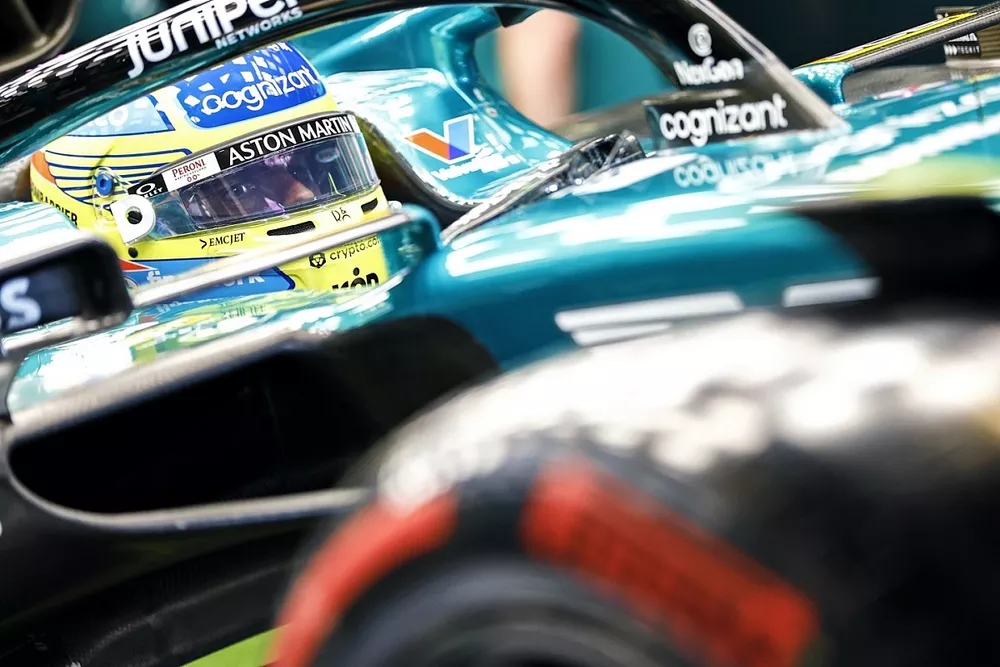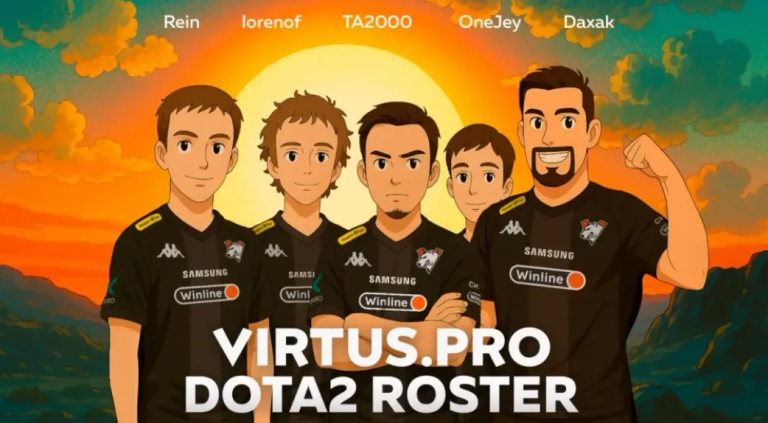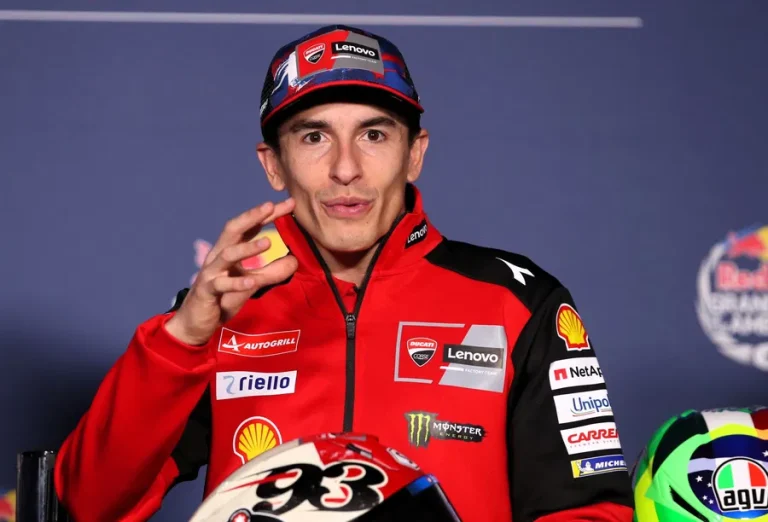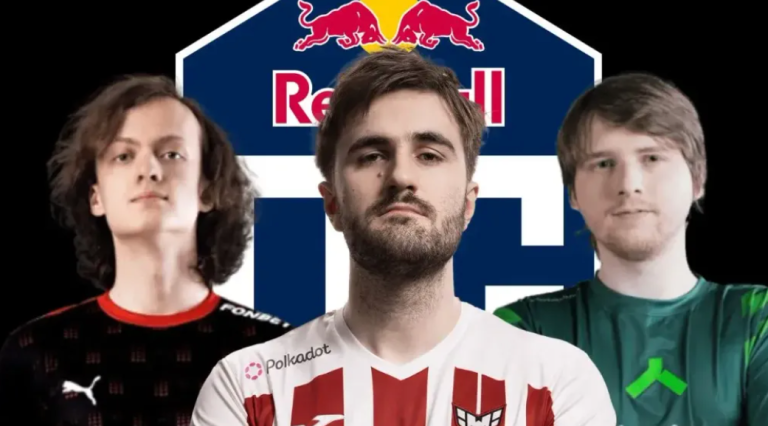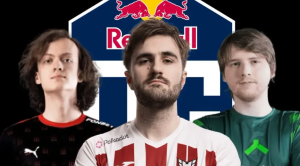Fernando Alonso, Aston Martin Formula 1 driver, shed light on the current cars ground effects. He believes the ground effects can cause confusion among teams and their drivers.
FIA and Formula 1 enacted new regulations from 2022 at multiple avenues. It shifted its focus on the down force from the underside of the car rather than top surface.
The regulations shifted its focus to underside upto 60% of total down force. The scale of aerodynamic shift required a major design philosophy shift from the teams. Other than Red Bull, most teams struggled to get their head around porpoising and bouncing effects.
Now and then Mercedes, Ferrari and Aston Martin switched positions to tail the championship winning team Red Bull. Because the teams struggled to find the consistent performance on different circuits.
Alonso, two time F1 champion, believes that this reflect new regulatory era. He believes that the new regulations made it difficult to setup car and find the balance.
The Spaniard said: “[The cars are] definitely more difficult to set up, more difficult to understand. Even more difficult to give the feedback to the team.
“Sometimes we drive these cars and we feel everything is going OK. You stop and you see the standings and maybe you are P14. And sometimes the opposite.
Read More: Williams & Mercedes extend engine deal
“You drive a very difficult car: the balance is completely out of the way and then you stop and you are top three. There is a very sensitive way of setting up the cars.”
Alonso attributed the behviour to aerodynamic and suspension system requirements. He believes: “I don’t think that is only the aerodynamics. I think that is also the suspension being so stiff and so low.
“You miss a little bit what the car is giving you in terms of feedback – what is the real balance of the car, what is the tyre interaction against the aerodynamic interaction, against the suspension and the mechanical grip?
“All these three parameters are a little bit confused sometimes in your hands and in your body. I think it’s a very complex generation of cars.”

